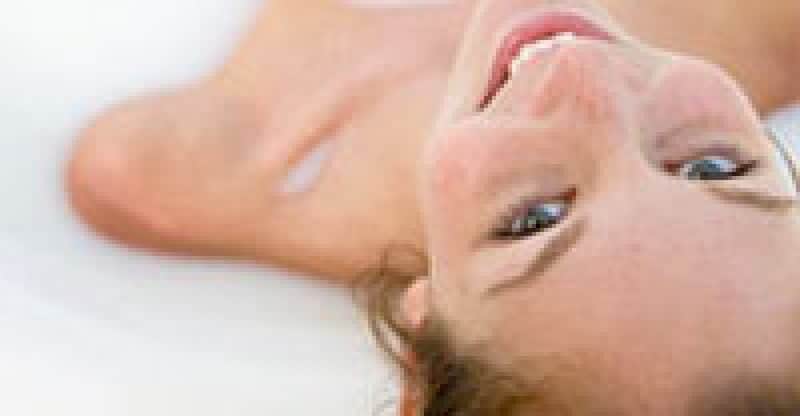Is it Safe to Use a Tanning Bed While Pregnant
 If you are pregnant, you may be wondering if tanning while pregnant is safe for your unborn baby. You may dread the thought of looking pale especially if you are used to seeing a sun glow when you look in the mirror.
If you are pregnant, you may be wondering if tanning while pregnant is safe for your unborn baby. You may dread the thought of looking pale especially if you are used to seeing a sun glow when you look in the mirror.
Regardless of whether you are pregnant or not, there are many considerations to keep in mind regarding exposure to ultraviolet radiation (UVR). Exposure to too much sunlight and UVR can age your skin prematurely (causing wrinkles and age spots) and increase your risk of developing skin cancer.
Even without tanning, some pregnant women experience something commonly known as “the mask of pregnancy” or Chloasma, which appears as irregular brown patches on the face. This is caused by increased pigmentation due to hormones which rise during pregnancy. Sun exposure and tanning increases the risk that it will appear. If you have already developed Chloasma, using tanning beds or basking in the sun can make your skin produce even darker pigmentation, intensifying those unsightly dark patches. To avoid Chloasma, sun block and shade are your best bets.
Tanning Beds
All that said, in pregnancy tanning inside with a tanning bed is just as safe as tanning outside in the direct sunlight. Although the rays emitted by the bulbs in tanning beds can be as dangerous as the rays of the sun to skin tissues, those rays don’t penetrate far enough into the body to harm a developing baby. Even though there is no evidence that the UV light used in tanning beds reach the baby, there is still some controversy about tanning during pregnancy. Many doctors and midwives advise against using tanning beds (also exposure to the natural sun), while others recommend they be used with caution.
Anything that will raise your core body temperature, such as hot tubs, saunas and tanning beds can be harmful to your unborn baby, including general over-exposure to the sun. Overheating (also called hyperthermia), particularly during the first trimester, can result in developmental damage to your baby, including spinal malformations. In addition, some studies have found a possible link between UV rays and folic acid deficiency, which is especially critical during the first trimester of pregnancy. Folic acid is responsible for preventing neural tube defects, such as spina bifida. In addition, the heat produced from indoor as well as outdoor tanning can affect breast milk production because of the loss of fluids through perspiration.
Tanning Precautions
If you still feel that you must tan, there are some very important precautions you should follow. If you are going to use a tanning bed, consider shorter durations to prevent overheating, as well as burning. During pregnancy, your skin’s sensitivity to burning may be increased, so you should start with short sessions until your body is tanned. Stay cool and drink plenty of fluids to prevent light-headedness and dehydration, whether indoors or outdoors. If you are using a tanning bed, make sure there is adequate ventilation in the tanning room and if you get uncomfortable or start to feel too warm, then get out, whether your session is over or not.
Self-tanning products such as lotions, foams and creams may be safer to use to acquire that Summer glow, but some doctors and midwives recommend avoiding them also. Many creams and lotions are absorbed through the skin, and may even cross through the placenta to the baby. The main concern is whether the active ingredient in self-tanning products, dihydorxyacetone (DHA) is able to penetrate the skin. Studies do not confirm that it can, but some doctors and midwives encourage women to wait until after the first trimester, just to play it safe. Check with your doctor or midwife for the latest research about tanning during pregnancy and also before using any type of self-tanning products. A tanning bed while pregnant may or may not be a good idea.



